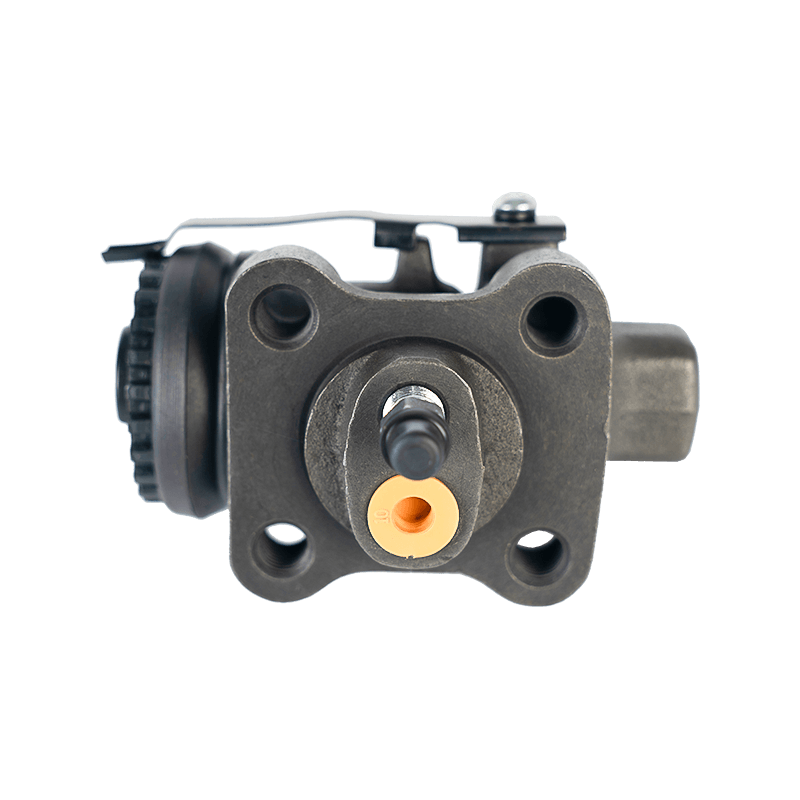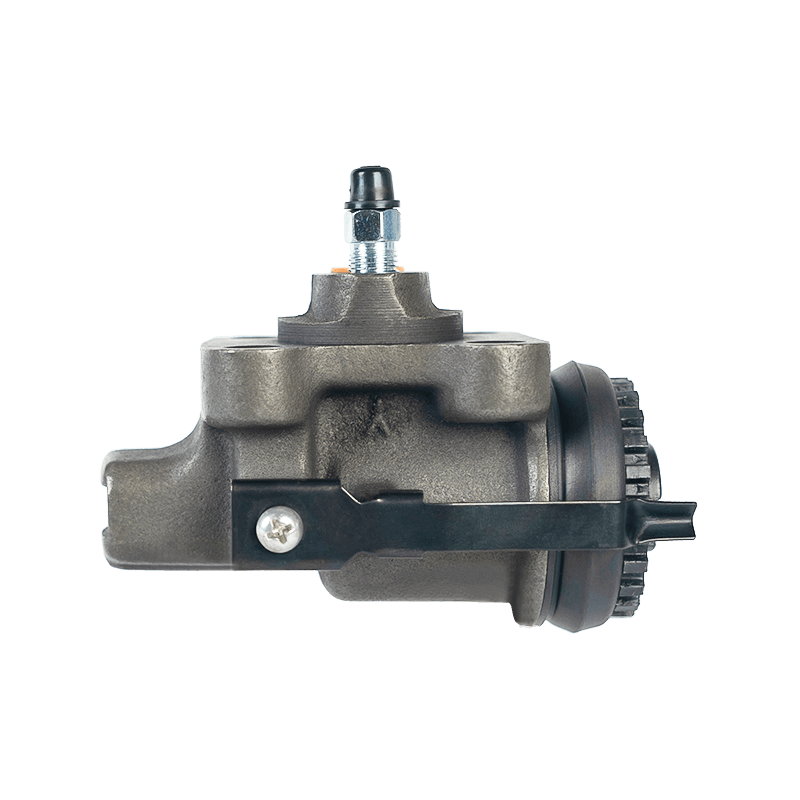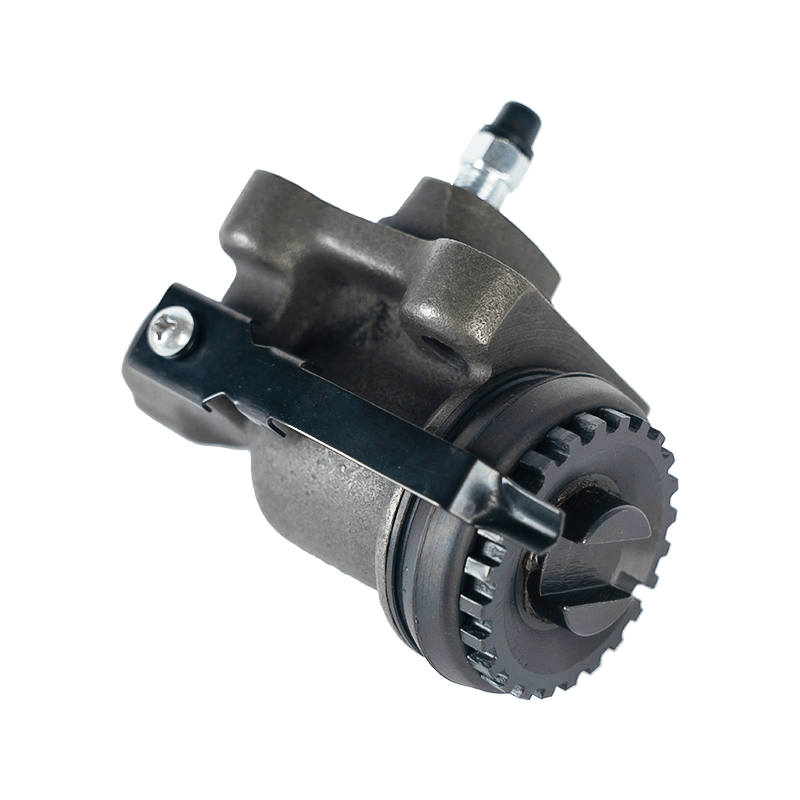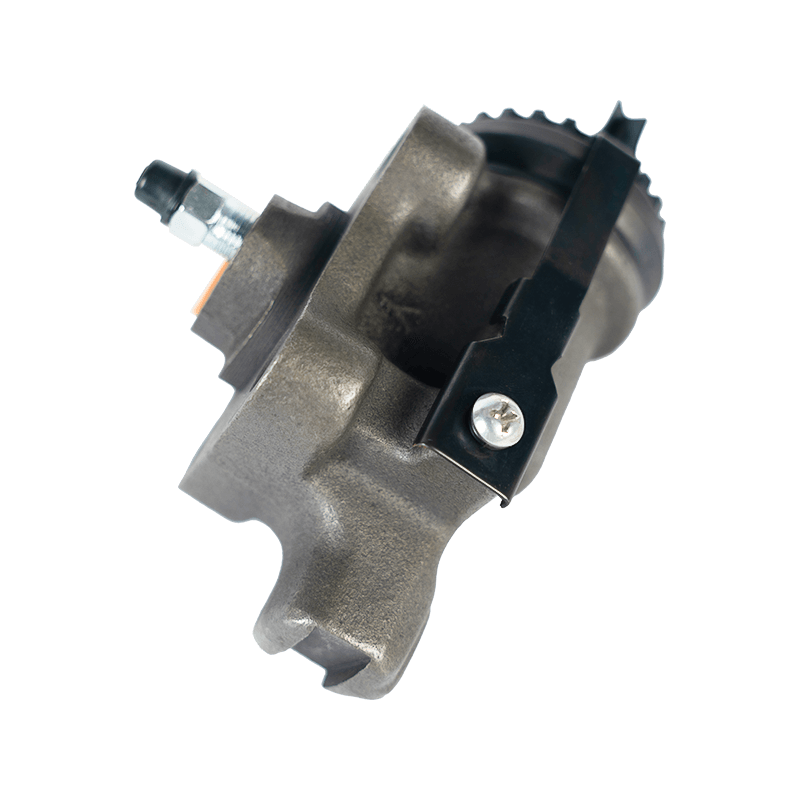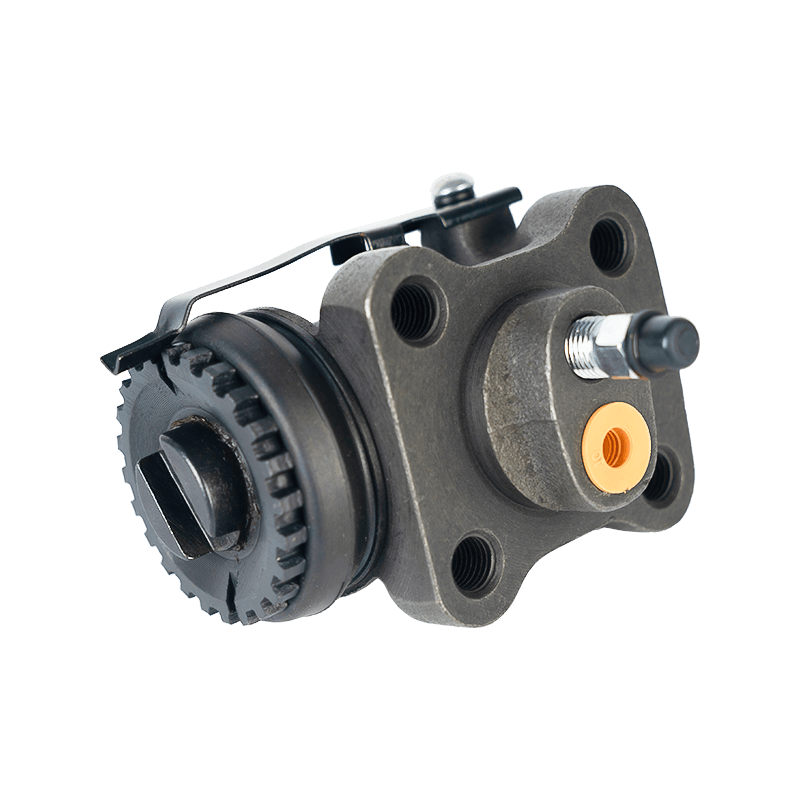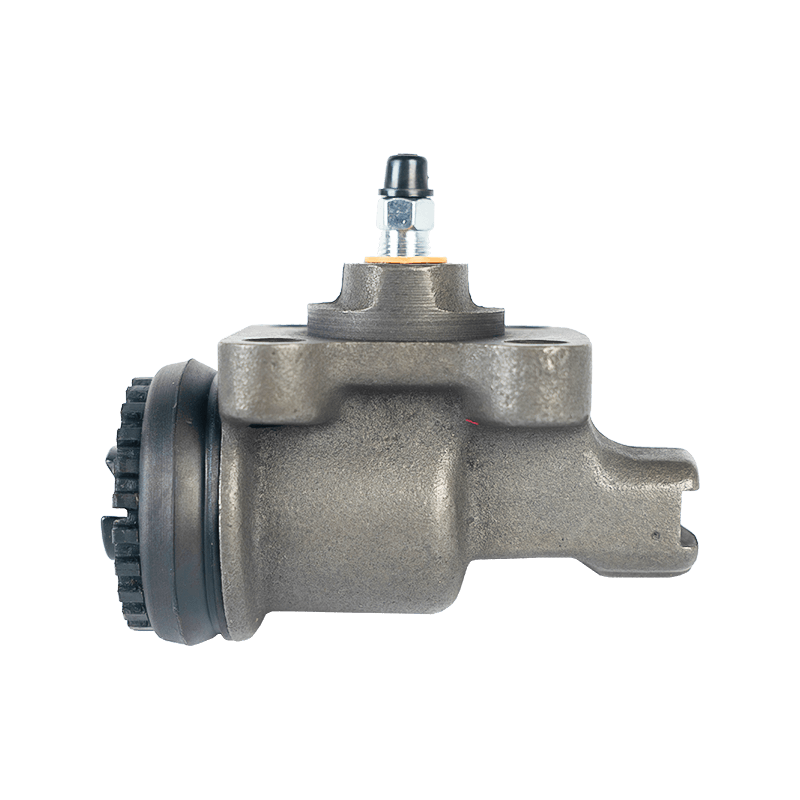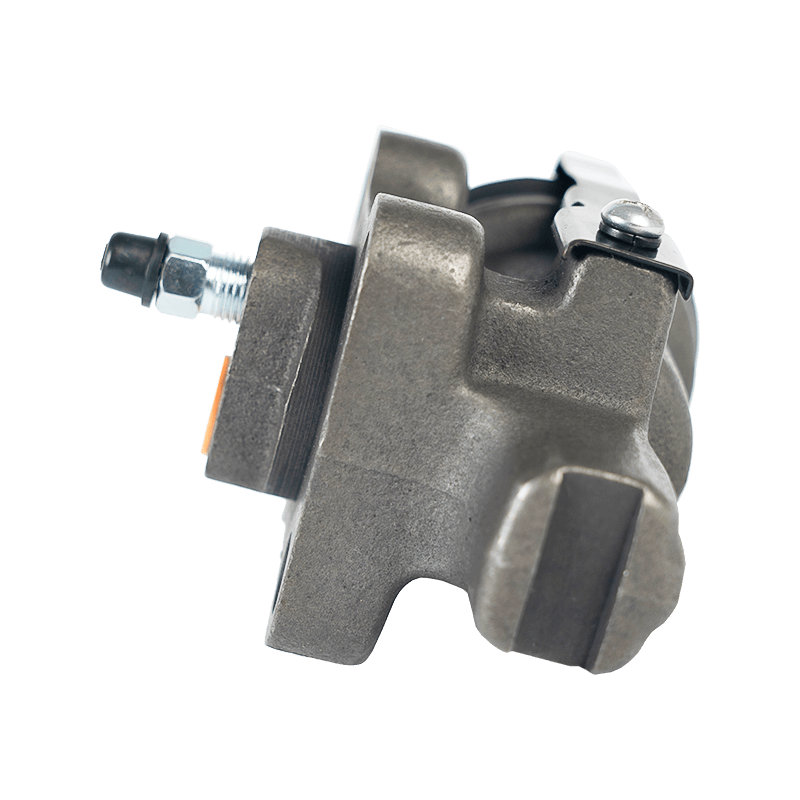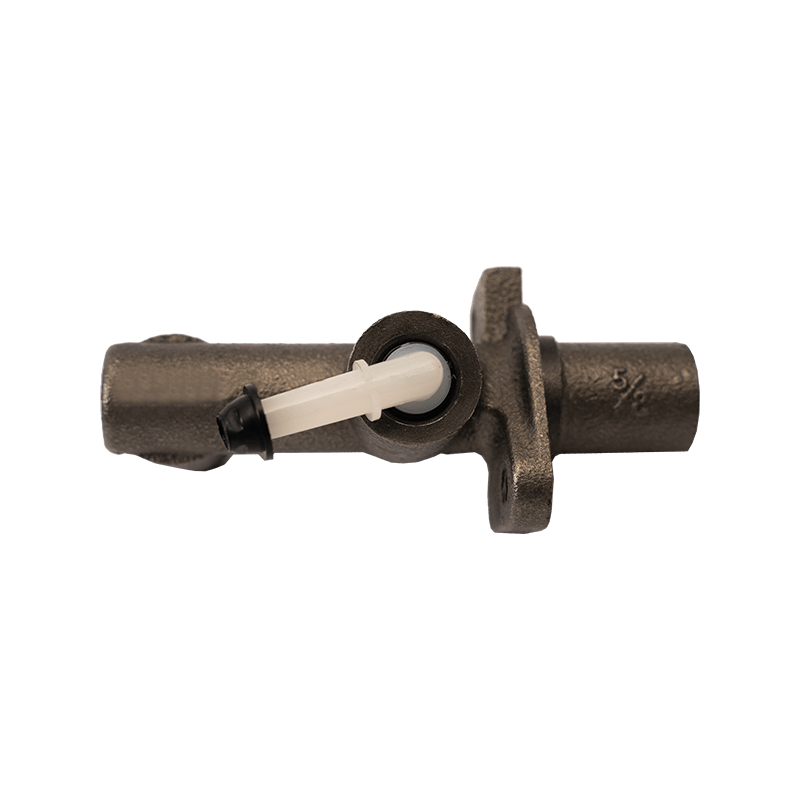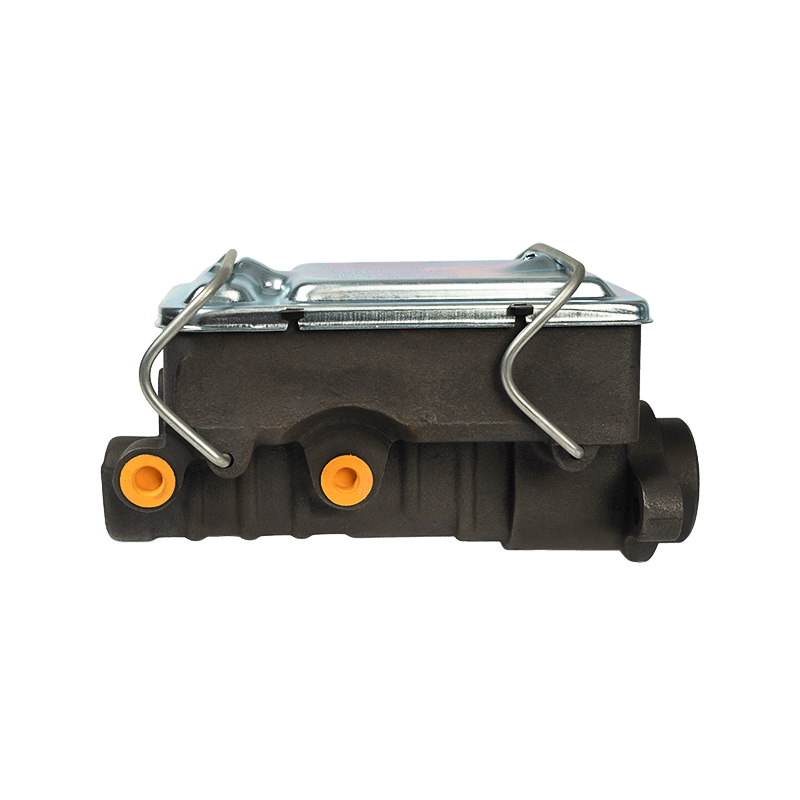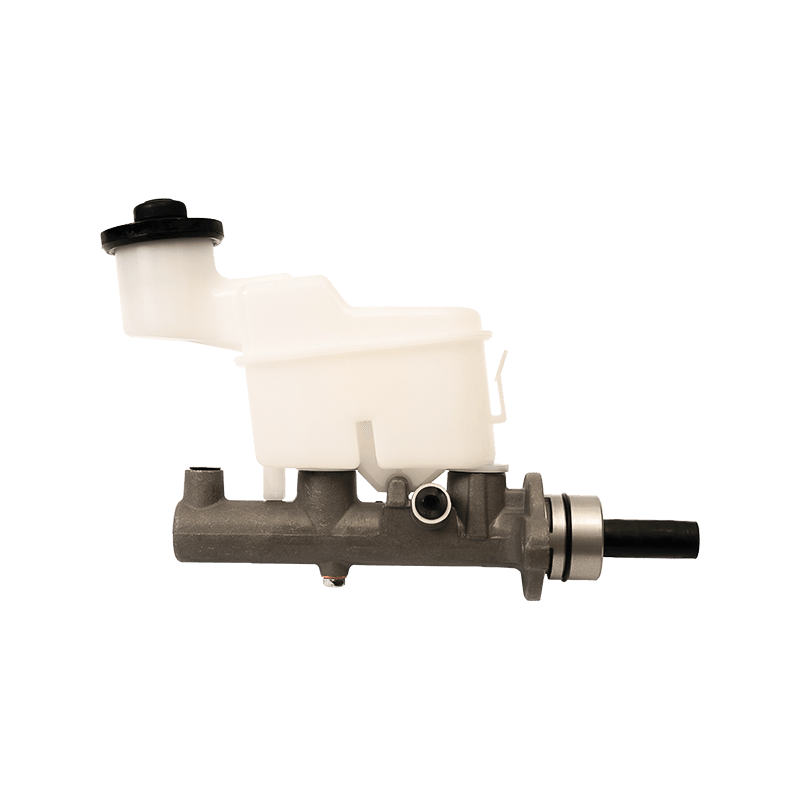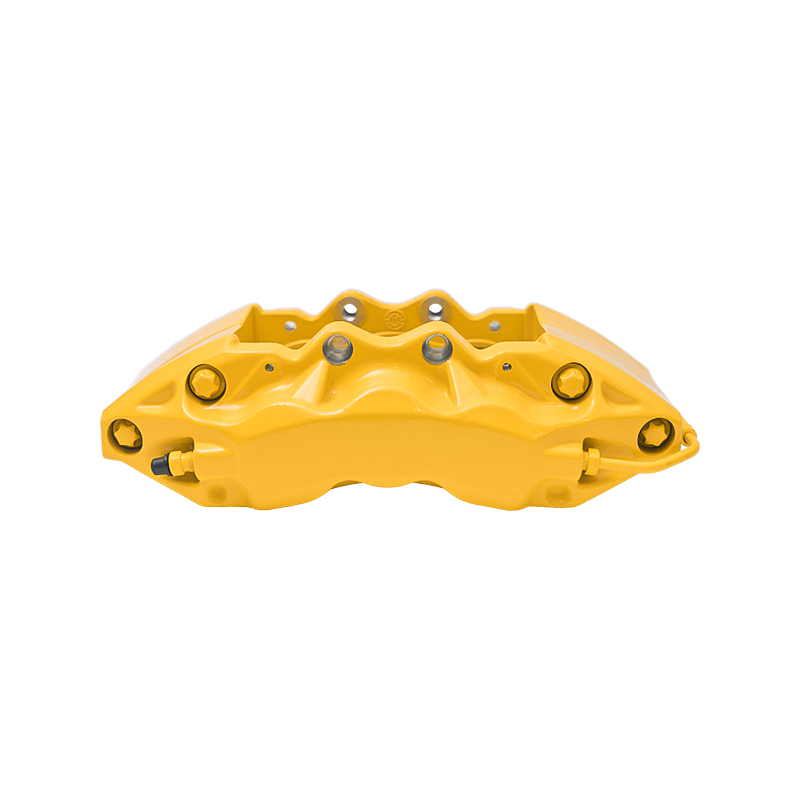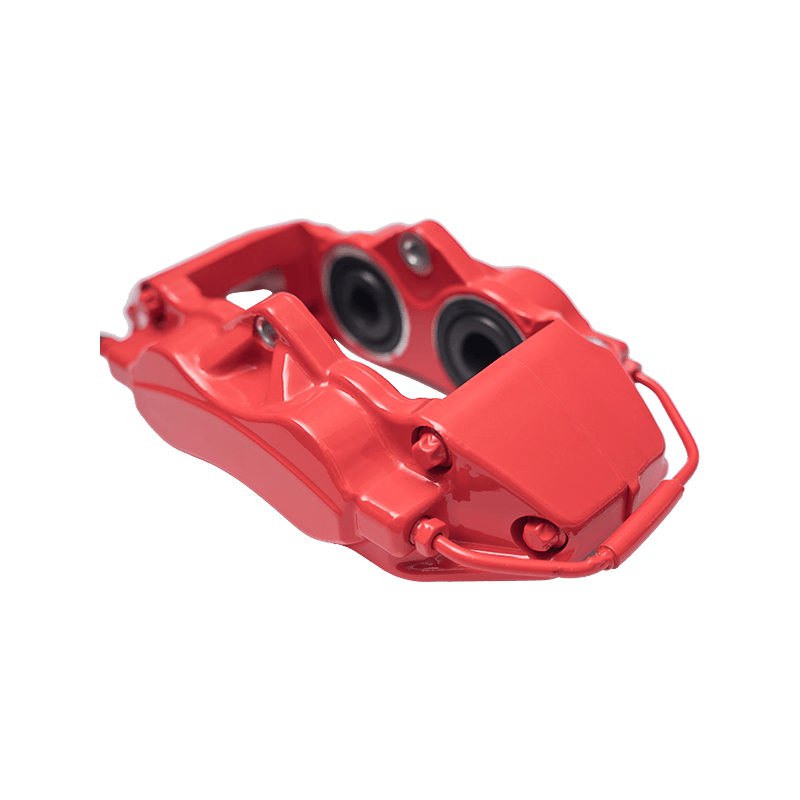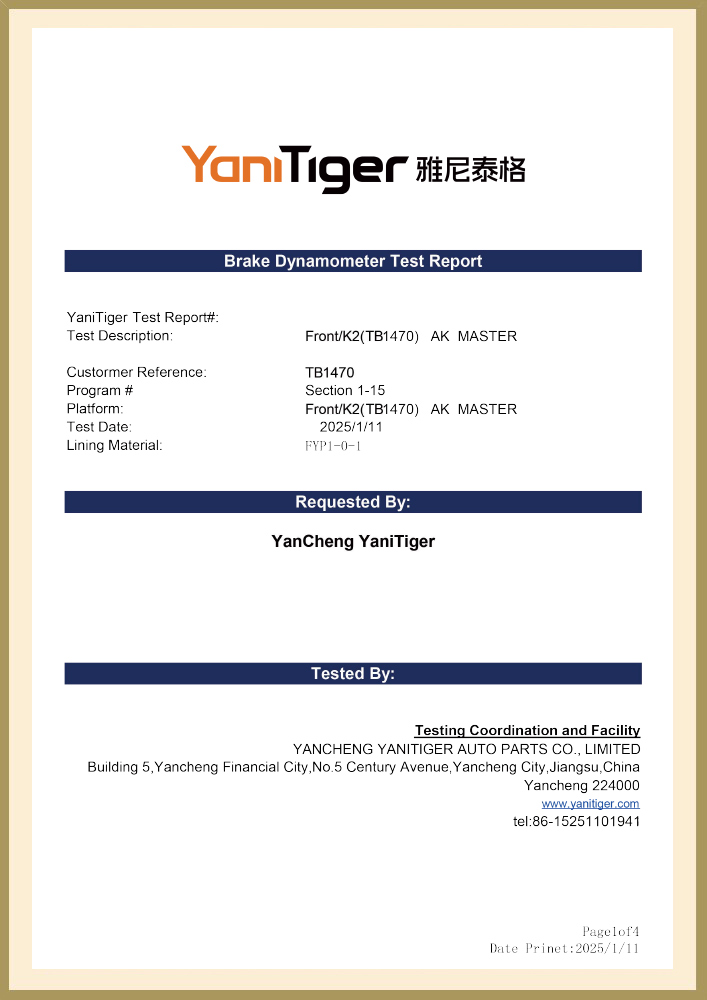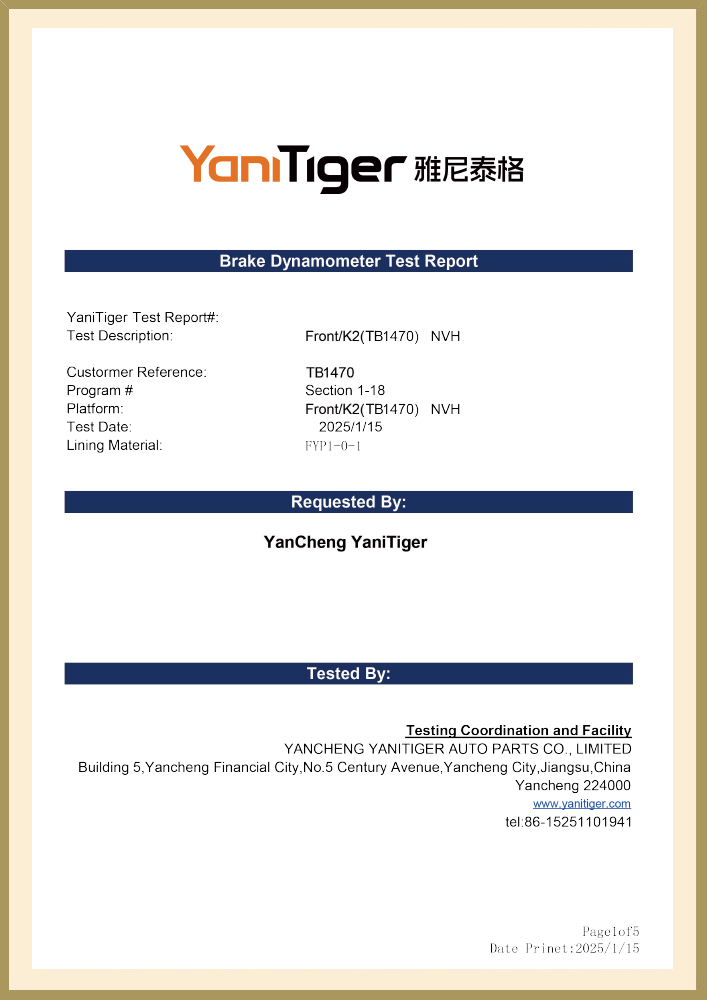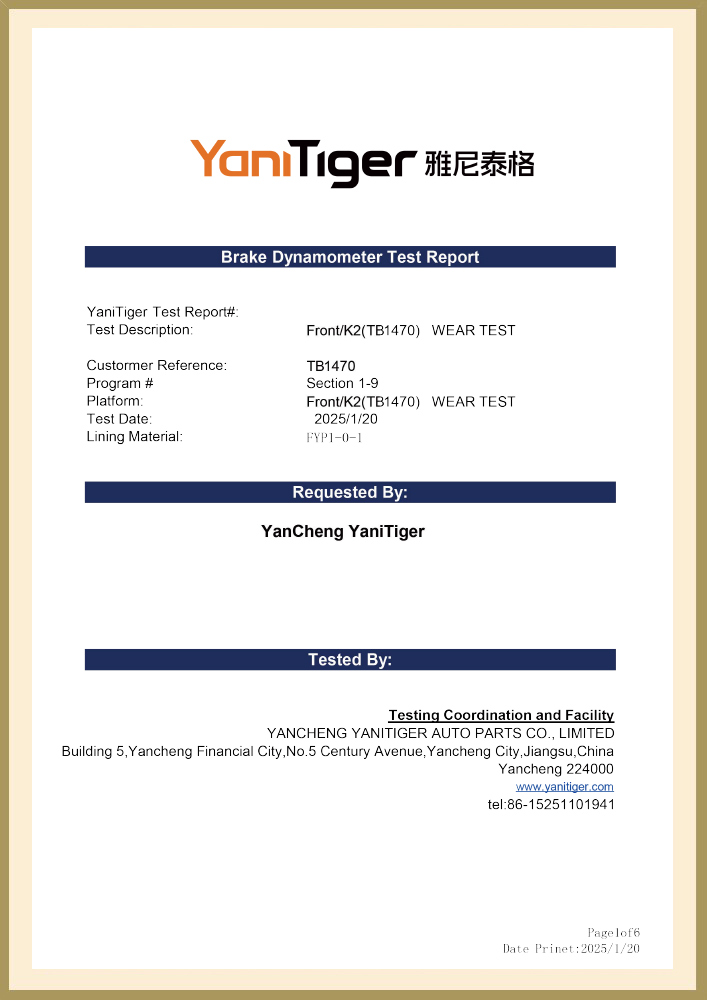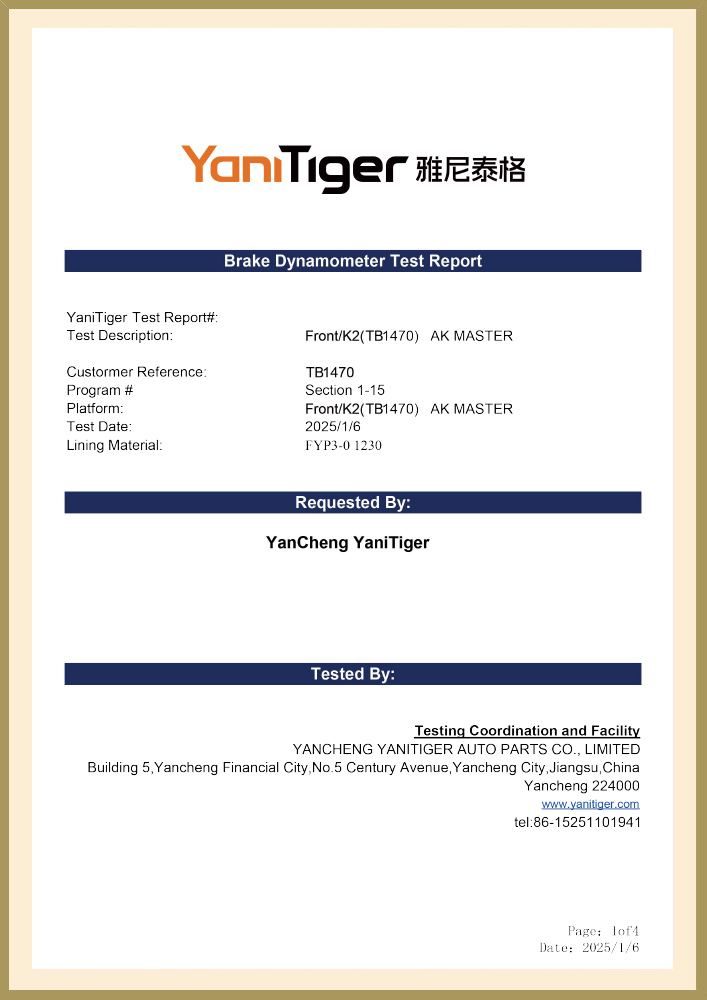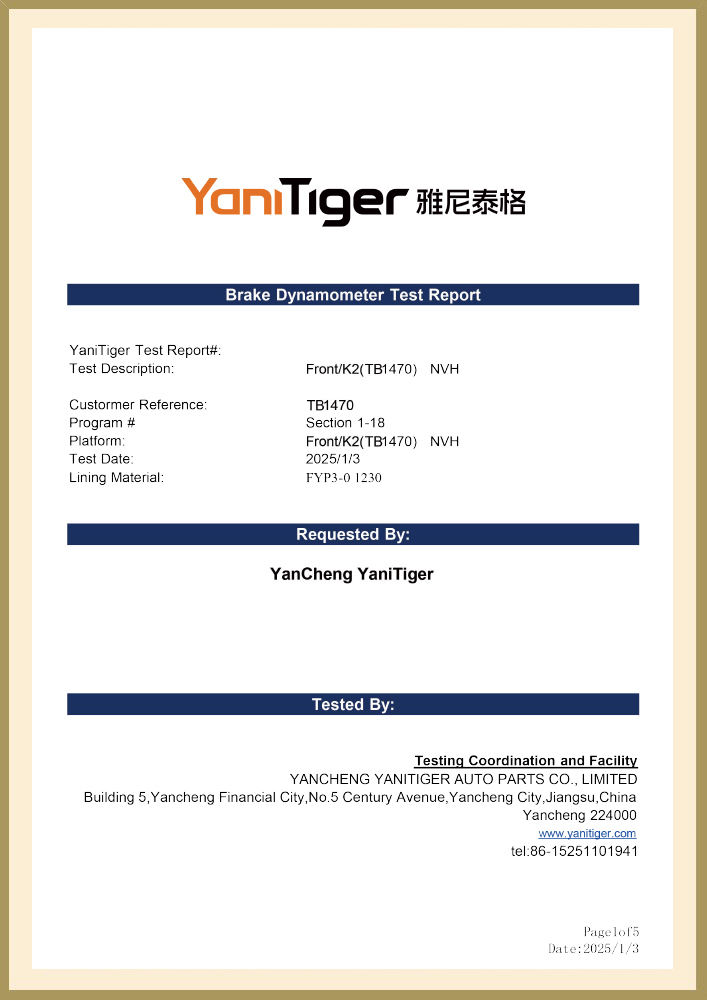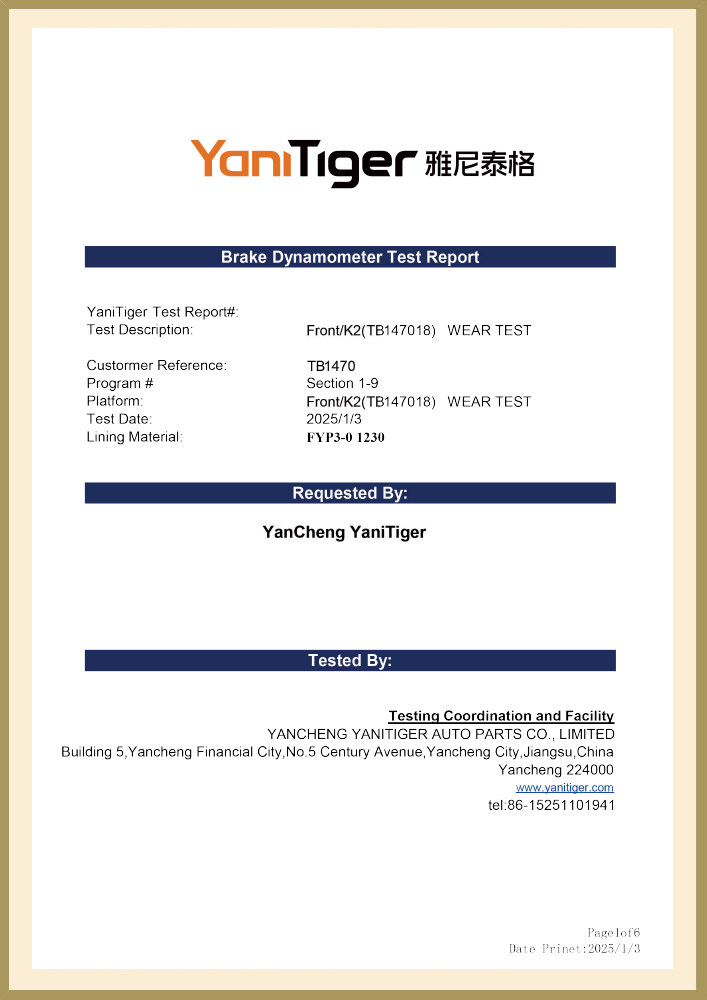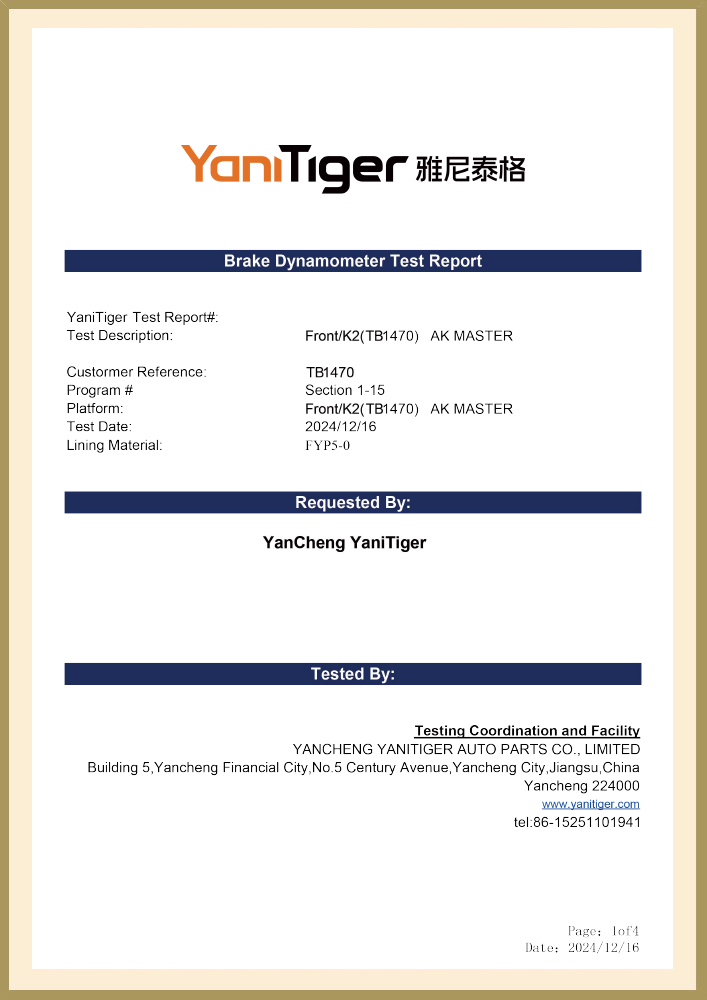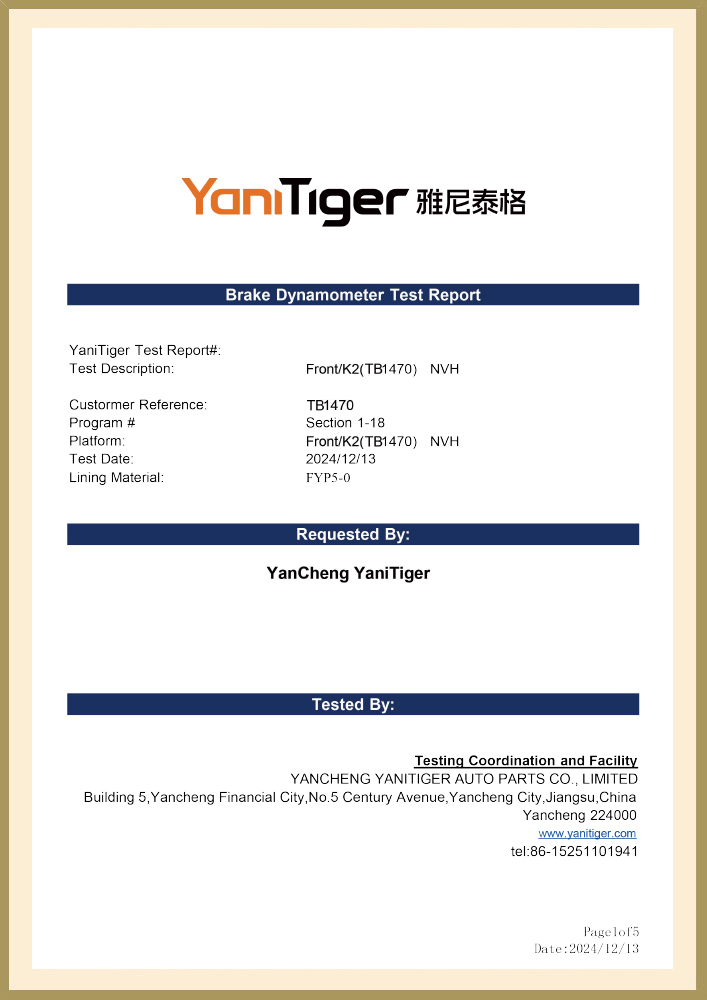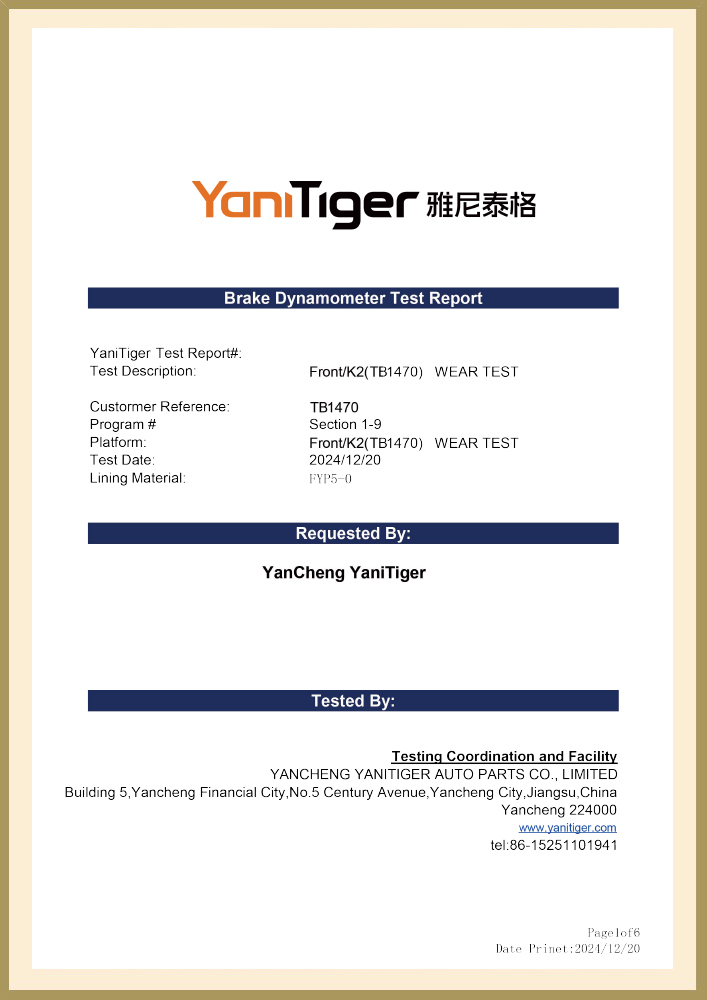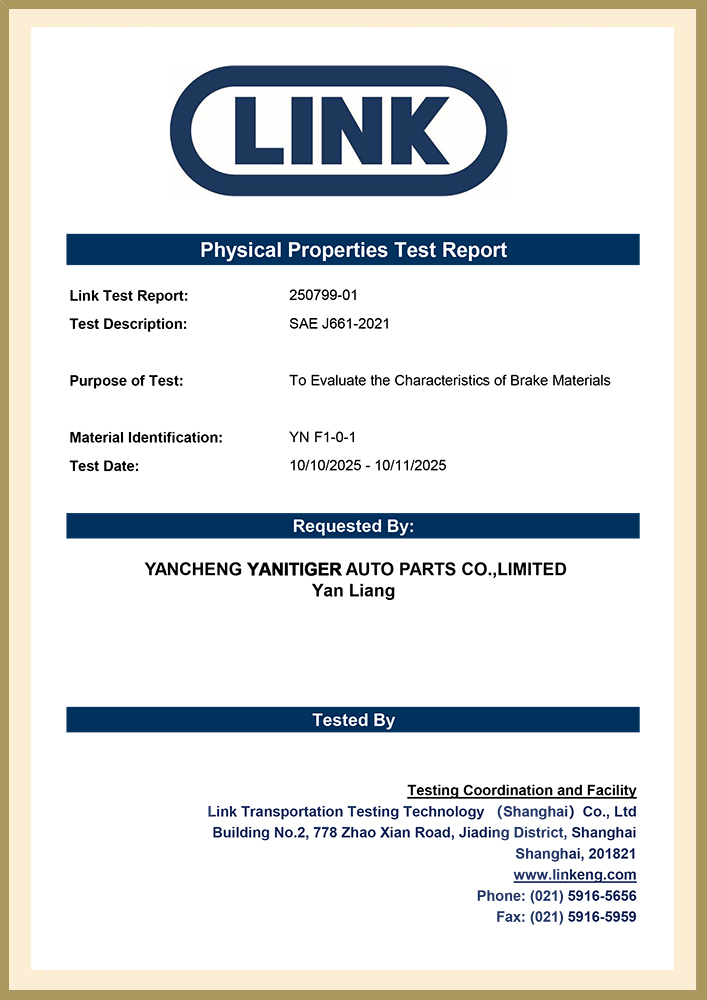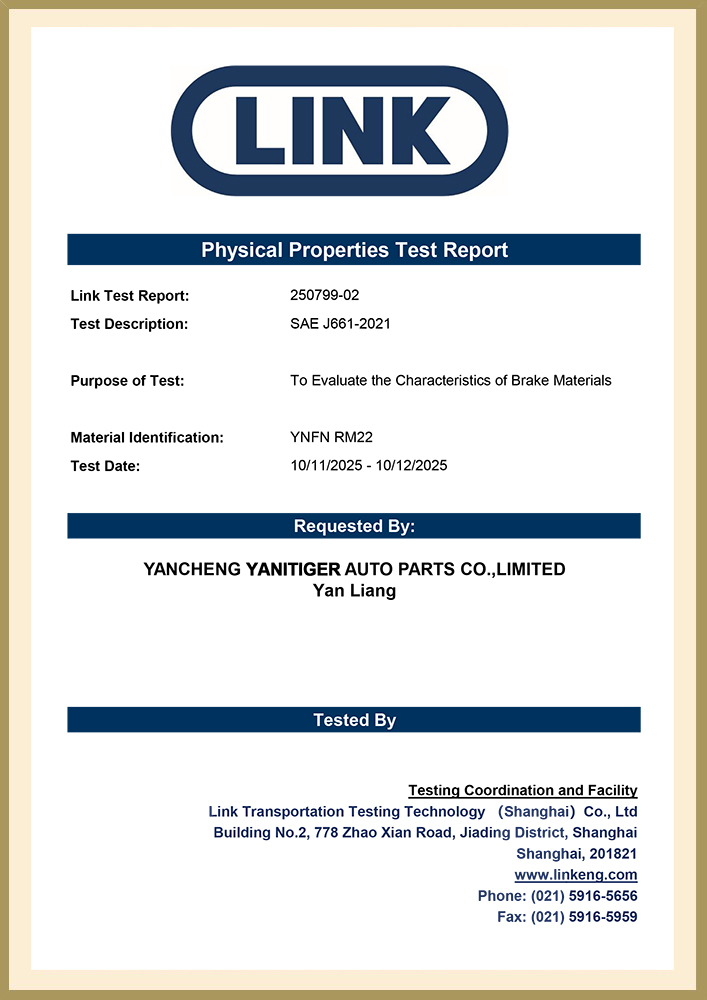Specifications
KEEP IN TOUCH
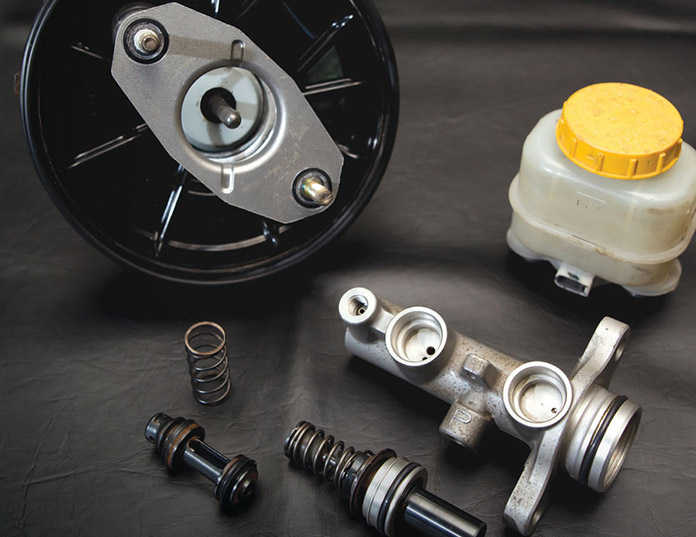
We have more than 1,000 brake shoes and brake pads for European, American, Russian, Japanese and Korean cars. The associated factories have created a highly experienced manufacturing team that exports thousands of auto part products worldwide. High quality and competitive prices are our targets. Our products have gained the certifications of ISO9001 and TS16949. We have built up a solid reputation with our customers in more than 30 countries.
We are looking forward to having a brighter and more successful business in the near future together with all of our clients all over the world.
-
Brake pads are undoubtedly one of the most important safety components in car maintenance. Among the many types of brake pads, ceramic brake pads and ...
READ MORE -
The hydraulic braking system is one of the most critical safety components of a car, and the master cylinder (brake master cylinder) is the "heart" of...
READ MORE -
Choosing the right brake pads is crucial, as it directly impacts your driving safety, driving experience, and vehicle maintenance costs. Step 1: Under...
READ MORE -
1. Ensure Braking Performance and Safety The coefficient of friction between the brake pads and brake discs directly determines the braking effect. An...
READ MORE
As the key execution unit of the hydraulic brake system, the main function of the 47510-36170 Brake Wheel Cylinder For Toyota is to convert the hydraulic energy transmitted by the master cylinder into mechanical thrust, drive the brake pads and brake drums to produce friction to achieve vehicle deceleration. The cylinder is cast with high-strength cast iron material, the surface is rust-proof, the piston diameter is 28.5mm, it can withstand 32MPa hydraulic pressure, and is suitable for a variety of models.
In terms of engineering design, the 47510-36170 Brake Wheel Cylinder For Toyota adopts a single piston structure, and the piston seal is made of fluororubber. The temperature range is -40℃ to 180℃, which can cope with high temperature conditions caused by frequent heavy-load braking. Its guide pin system is nitrided and hardened, and the double-layer dust cover design is used to reduce the risk of jamming caused by mud and sand intrusion.
The adaptability of this wheel cylinder covers multiple generations of classic models and some modified special vehicles. As an extension of Toyota's original system, the 47510-36170 wheel cylinder strictly complies with the JIS D2601 standard and performs well in environmental tests. Its cast iron housing optimizes the heat dissipation structure and is combined with a ventilated brake drum design to reduce the thermal attenuation effect after continuous braking and improve the vehicle's all-terrain adaptability.
 Search
Search
 Eng
Eng 
 English
English Español
Español Português
Português


